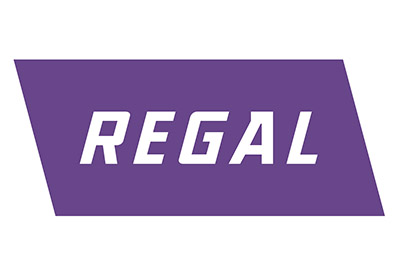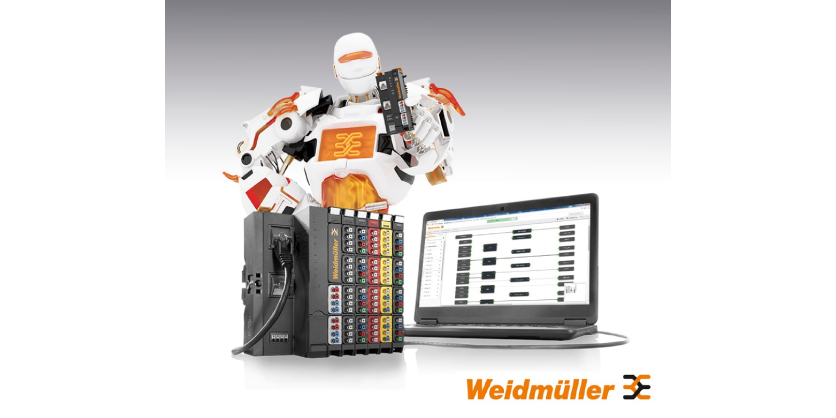OTTO Motors and Siemens Partner to Implement Leading Autonomous Mobile Robot Material Handling Solution

November 3, 2021
OTTO Motors, a leading provider of autonomous mobile robots (AMRs), and Siemens Canada, a leader in the global digital transformation in industry and a division of Siemens AG, have announced a new partnership. Together, the companies are breaking new ground in Industry 4.0 technologies, in areas ranging from high-performance collaborative mobile robot control to physical asset tracking using Real Time Location Systems (RTLS). RTLS is Siemens’ latest state-of-the-art technology which uses a scalable locating system specifically designed for industrial applications.
“Siemens’ global presence and breadth of product portfolio has been clear to us for as long as we’ve been in business,” said Ryan Gariepy, CTO of OTTO Motors. “Using Siemens controllers to power OTTO fleets will allow our AMRs to achieve a new level of driving performance without compromising safety. For our customers, this means maximum productivity and better ROI.”
OTTO Motors provides autonomous material handling inside manufacturing facilities and warehouses. Instead of operators pushing carts or driving forklifts, OTTO’s line of AMRs deliver materials safely, reliably, and efficiently. The combination of ease-of-use and a powerful software suite ensures that OTTO AMR’s can deliver value in short order and easily scale to manage complex deployments.
“Siemens RTLS systems will enable OTTO Motors’ customers to dynamically locate autonomous mobile robots and other assets with up to 30 cm accuracy,” explains Joris Myny, SVP, Digital Industries, Siemens Canada. “The result is an optimized fleet and precise AMR routing as well as enhanced bottleneck and collision avoidance. Any asset or person with an RTLS transponder can be seen and tracked, which opens up additional asset tracking use cases beyond the AMR implementation.”
Most recently, Siemens customized its industrial controller development toolchain in a way that allows OTTO to develop, test, and deploy controls code to better align with the needs of mobile autonomous systems. This has permitted OTTO to develop, validate, and deploy everything from minor improvements to entirely new robots into production over four times faster than previously possible.








